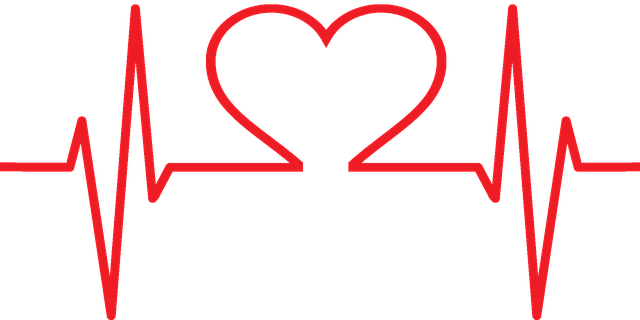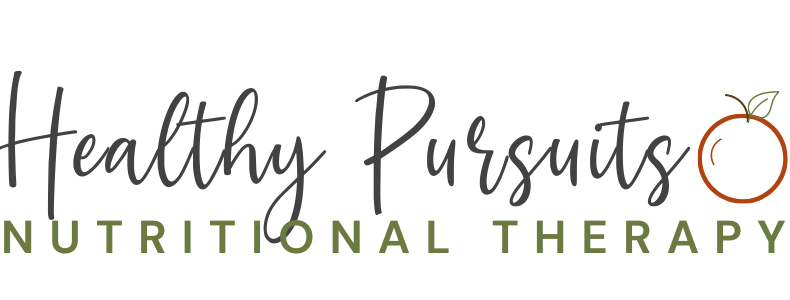Cholesterol is a substance in the body that is woefully misunderstood. We often think that lower is better and much of the conventional dietary advice out there mentions avoiding certain foods because they may increase cholesterol.
I wanted to go over a few facts about cholesterol and hopefully bust a few myths in the process, so we’re going to look at 5 facts about cholesterol that you may not know.
Before we get to that though, I want to state my disclaimer here. I am not a doctor and am certainly not suggesting that any of this information take the place of a relationship with your doctor. If you are currently taking a prescribed medication intended to lower cholesterol I am by no means suggesting you stop taking it. I am suggesting, though, that you talk with your doctor about this information if you haven’t already.
So, let’s chat cholesterol. Here are five facts you may not know!
#1 Cholesterol is a necessary, vital substance that is found in every cell of the body. All animal foods contain cholesterol because all animal cells need cholesterol. It is a waxy substance that is a crucial building block of flexible cell membranes. We may not think about the importance of proper cellular structure on a daily basis or grasp why that’s important, but let me tell ya, it is.

Our bodies are a collection of cells. Together they form the organs, glands, and systems that make us functioning human beings. Your main complaints may be that you feel tired all the time, or that you don’t like how your clothes fit anymore. Or maybe you feel foggy in your brain, like you aren’t firing on all cylinders. At the core of any and all symptoms of less than ideal health are cells that aren’t functioning quite right.
So let’s peel back the layers and build healthy cells shall we? Healthy cells mean a healthy person. And one key player of healthy cells is adequate cholesterol.
Cholesterol is also a vital building block of our active form of vitamin D and our sex hormones and helps ensure the absorption of the other fat-soluble vitamins A, E, and K.
#2 Your brain makes up only about 2% of your total body weight but contains about 20% of your body’s cholesterol. The cholesterol you eat actually has no impact on the cholesterol in your brain because cholesterol cannot cross the blood brain barrier. So, even if you ate a 100% vegan diet, your brain would produce the cholesterol it needs. (There are other nutrients your brain would be missing though if you ate that way but that’s a topic for a different day!).

#3 You don’t have “good” or “bad” cholesterol. You have different types of lipoproteins that carry cholesterol around in your blood but the cholesterol itself is neither good nor bad (well, I suppose it’s good because of what I mentioned in #1).
The term good and bad cholesterol comes from two of the main lipoprotein carriers. Lipoproteins are molecules composed of cholesterol and other lipids (fats) and different proteins that form a capsule around the lipids. Lipoproteins are like cars and cholesterol are the passengers and they travel through the blood to the cells of the body and back to the liver.
There is much more nuance to LDL particles than just thinking of them as “bad.” It’s far more of an in-depth discussion than I even understand but we’ll talk about it briefly in number 4.
#4 Knowing your LDL number really doesn’t tell you much when it comes to risk of heart disease. There are different types of LDL particles and they should not all be lumped in together. Some LDL particles are small and dense and contain less cholesterol. Others carry more cholesterol and are therefore larger.
The particles of LDL that carry MORE cholesterol and are larger are actually LESS dangerous than the small ones with less cholesterol! When they come into contact with toxins, free radicals, and inflammation in the blood, those small, dense LDL particles are more likely to be oxidized and

cause damage to the lining of arteries. The large ones are not likely to be oxidized. Cholesterol is only dangerous when it’s oxidized and large particles of LDL are not easily oxidized. Smaller particles of LDL are also more easily able to get lodged into the spaces between the endothelial cells of blood vessels.
Another piece of the puzzle is how effective the liver is at clearing LDL particles via LDL receptors. Large, fluffy LDL particles that carry more cholesterol are more easily cleared by these receptors. Cholesterol has a shorter life in the blood than phospholipids and so the LDL particles that have LESS cholesterol and more phospholipids spend more time in the blood than the particles that have MORE cholesterol.
So, that means the small, dense LDL spend more time in the blood and are less easily cleared by LDL receptors in the liver. This means more opportunity for them to cause damage in the arterial cells.
You can have high LDL but if most of your LDL particles are large you are at a lower risk for atherosclerosis than if you have high LDL and most of the particles are small. You can only know this by asking your doctor to test your LDL particles. The general LDL-C (cholesterol) test that is usually done is not actually giving you the information you need.
Does it surprise you to hear that LDL particles that actually carry MORE cholesterol are BETTER than particles that carry LESS cholesterol? ?
#5 Total cholesterol is not nearly the predictor of heart disease it’s made out to be. As mentioned above, the standard tests of LDL, HDL, and total cholesterol only tell a part of the story. And definitely not enough of a story to determine whether someone should be on cholesterol-lowering medication. Do statins have a time and place? Sure, of course. But not to the extent to which they’re used. And especially not when further testing has not been conducted to determine if the person actually needs them or not.
You would probably have to specifically ask for the particle size testing but one important risk factor you can know with conventional cholesterol testing is your triglyceride to HDL ratio. HDL cholesterol is well documented as protective against heart disease. Triglycerides are basically packaged fat that travels through the bloodstream. Lower triglycerides and higher HDL is a good combination for a lower risk of heart disease. Just take your triglycerides divided by your HDL value. A high value close to or less than 1 is ideal and a number of 3 or greater shows an increased risk of heart attack and/or stroke.

If your number is on the higher side, I’d recommend eating an anti-inflammatory diet high in green and colorful non-starchy vegetables, plenty of healthy fats (see any of my other blogs about fats!), and protein with every meal. Diets high in refined carbohydrates and other sugars is one of the main causes of high triglycerides. Lower carb, higher HEALTHY fat diets do wonders to your triglyceride numbers. Healthy fats, which include quality sources of SATURATED fat, will help raise that helpful HDL.
So, hopefully this gives you a bit of info beyond what you usually hear about cholesterol. And this isn’t even half the story! There is so much more to cholesterol than I’ve gone into here but it is certainly not as simple as what we’ve been led to believe for so many years.
Tell me, did any of this surprise you? Comment below!
